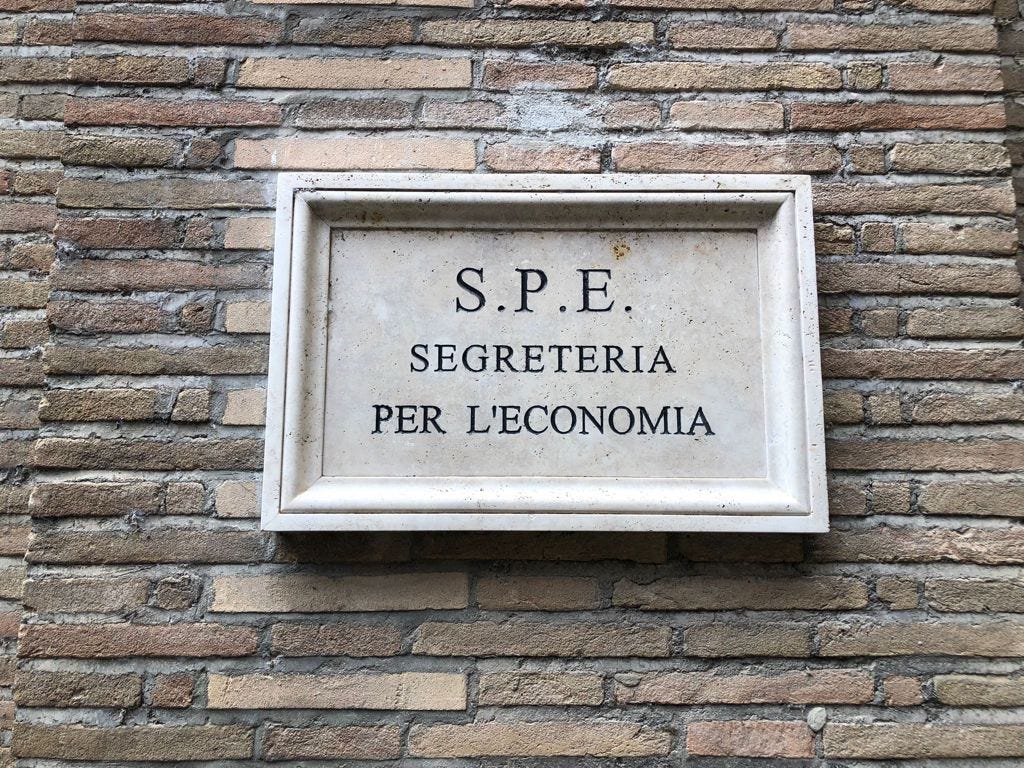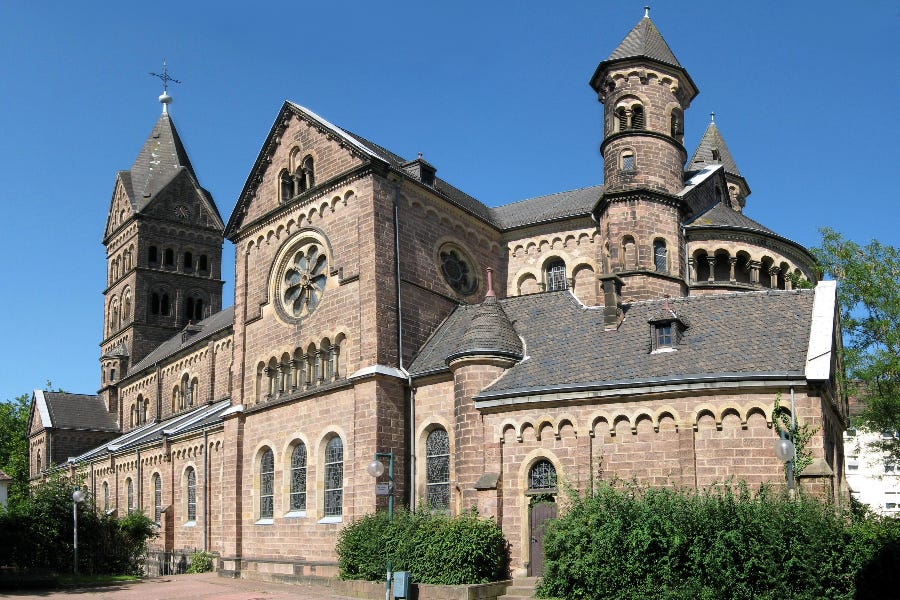Ahead of the long-anticipated Vatican financial trial slated to begin Tuesday, the Holy See has gone on the front foot to emphasize its newfound commitment to transparency and fiscal accountability, with the heads of several key departments releasing budget reports and giving interviews in recent days.
Announcing serious deficits and drops in the value of investments, the heads of the Secretariat for the Economy and the Administration for the Patrimony of the Apostolic See warned Saturday of real fiscal challenges in the near-term, but at the same time talked up a new climate of responsibility and professionalism.
The talking points on accountability mark an unspoken contrast to the allegations of fraud and mismanagement that will land 10 people in court Tuesday in connection with the financial dealings of the Secretariat of State.
But are we seeing the dawn of a new era for Vatican finances, or a brief blaze of crisis management?
Fr. Juan Antonio Guerrero Alves, SJ, prefect of the Secretariat for the Economy, announced on Saturday a 2020 summary budget result for the Roman curia with a deficit of 66.3 million euros.
While that deficit is not what anyone would call good news, the figure is certainly well short of 146 million euros, the department’s own projected worst-case scenarios for a pandemic year in which many of the Vatican’s traditional sources of steady revenue, including pilgrim visits and museum income, were largely shut down.
On the same day, Bishop Nunzio Gallatino, president of APSA, confirmed that the department responsible for managing the Holy See’s asset and investment portfolio saw a 51 million euro drop in profits for the 2020 financial year, while also cutting its contribution to curial operating expenses in half, to 20 million.
Cost-cutting has been a priority for the Holy See for several years, in the face of both diminishing returns on investment and a shortfall in revenue. Earlier this year, Pope Francis approved a Vatican-wide pay cut for senior staff, and there has been an official, if not always enforced, cross-departmental hiring freeze in place for several years.
While belt-tightening measures are good, and surely needed, in the short and medium term, the more lingering question over the Holy See’s finances remains: can the Vatican trust itself with its own money?
Cost-cutting measures are just one part of a raft of legal measures passed by the pope in the last few months aimed at cementing a new financial regime for the Holy See and turning the page on years of scandal. The bulk of those reforms came together with a report from Moneyval, the Council of Europe’s anti-money laundering watchdog, which highlighted significant areas of risk for Vatican financial institutions, not least from internal corruption.
Those concerns are both, paradoxically, addressed and amplified by the trial due to begin on July 27. While the opening session is likely to be followed by a pause for the Roman summer, the trial itself, in which 10 people including a cardinal face charges of embezzlement, fraud, and abuse of office, is expected to last for months.
During that time, the news will likely be full of accusations and counter accusations among the indicted — while it may yet prove the case that they all hang separately, few expect a group that includes Cardinal Angelo Becciu, Cecilia Marogna, Raffaele Mincione, Enrico Crasso, Fabrizio Tirabassi, and Gianlugi Torzi, to all hang together once they begin answering questions in court.
Quite apart from the likely buck-passing which could go on between the accused, the trial is also likely to lay bare details of uncomfortable or unorthodox business practices within the Vatican.
Similarly, The Pillar reported recently that René Brülhart, the Swiss lawyer who led the Vatican’s Financial Information Authority until late 2019, had a separate contract to act as a consultant to the Secretariat of State even while the AIF was charged with overseeing Vatican financial institutions doing business with the secretariat.
Both Tirabassi and Bruelhart have said that their other sources of income were known to all relevant Vatican authorities and were deemed above board. Should this prove to be the case, and should they be able to establish this in court, it could lead to wider questions about the entire management structure of the Roman curia, and the attitude towards potential conflicts of interest which many of the pope’s recent reforms seem aimed at addressing.
To that end, in his conversations with the press on Saturday, Gallatino acknowledged that changing the Vatican’s financial structures and laws can only go so far.
The pope formally stripped the Secretariat of State of its control of assets and investments in January, but, the bishops said, “a transfer of material and competencies” has to be matched with “a new culture that is not only administrative, which must gradually permeate” the Vatican’s financial culture.
How fast progress can be made in forming that new culture remains to be seen. While there is the possibility that tomorrow’s trial could end, even several months from now, in a series of convictions and sentences sufficient to scare straight other officials who might be tempted to try similarly unorthodox practices in the future, there is often no substitute for strong leadership.
Personnel is the strongest policy, in the Vatican more so than anywhere else, and ultimate leadership of the curia under the pope remains in the hands of Cardinal Pietro Parolin, who many of those facing charges have already cited as their first line of defense in the forthcoming trial.
If it becomes clear that a culture of conflicts of interest, minimal oversight, winking collusion, and even abuse of office and fraud were all fostered, even (knowingly or unknowingly) explicitly authorized or tolerated under Parolin, it seems hard to plot a path to credible reform if he remains in ultimate control.
We will soon know how well placed the Vatican’s prosecutors are to map out the labyrinthine network of business deals, bank accounts, holding companies, and colorful characters which make up the current scandal. We may also find out if they are really prepared to strike at the root of the Vatican’s troubled financial culture, or if they have only been able to gather some windfall fruit.




